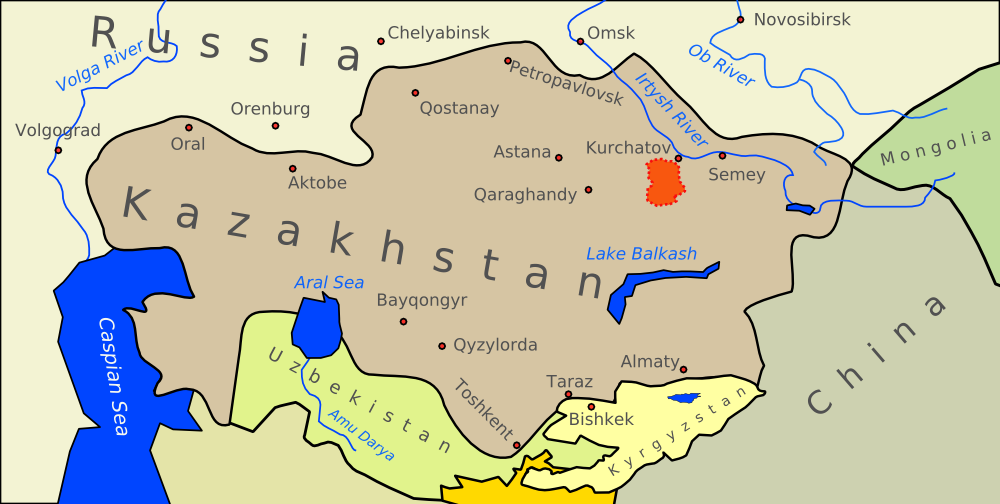
In November 2018, a study in collaboration with CONEM Kazakhstan Environmental Health and Safety Research Group was published in the journal Environmental Research (1). The study examined the association between environmental radiation exposure and essential hypertension in a series of investigated geographical districts adjacent to the Semipalatinsk nuclear test site in Kazakhstan. The sample consisted of 2000 volunteers who participated in screening examinations in three administrative districts close to the nuclear test site. The research was a part of the government programs in Kazakhstan on environmental health hazard (1).
In April 2019, this study was quoted in a news article by the US science journalist Wudan Yan in the prestigious journal Nature (2): “Lyudmila Pivina at Semey State Medical University and her colleagues found that long-term, low-dose radiation can lead to cardiovascular problems such as high blood pressure. They looked at health outcomes in approximately 1,800 people, including second- and third-generation Polygon survivors. When they focused on individuals whose parents lived in areas that were exposed to radiation from 1949 to 1989, they found that the risks of hypertension went up in correlation with the amount of radiation someone’s parents received — a discovery that they found surprising”.
References
1. Markabayeva A, Bauer S, Pivina L, Bjørklund G, Chirumbolo S, Kerimkulova A, Semenova Y, Belikhina T. Increased prevalence of essential hypertension in areas previously exposed to fallout due to nuclear weapons testing at the Semipalatinsk Test Site, Kazakhstan. Environ Res 2018;167:129-135. https://doi.org/10.1016/j.envres.2018.07.016
2. Yan W. In the shadow of nuclear sins. Nature 2019: 568(4 April):22-24. https://www.nature.com/articles/d41586-019-01034-8